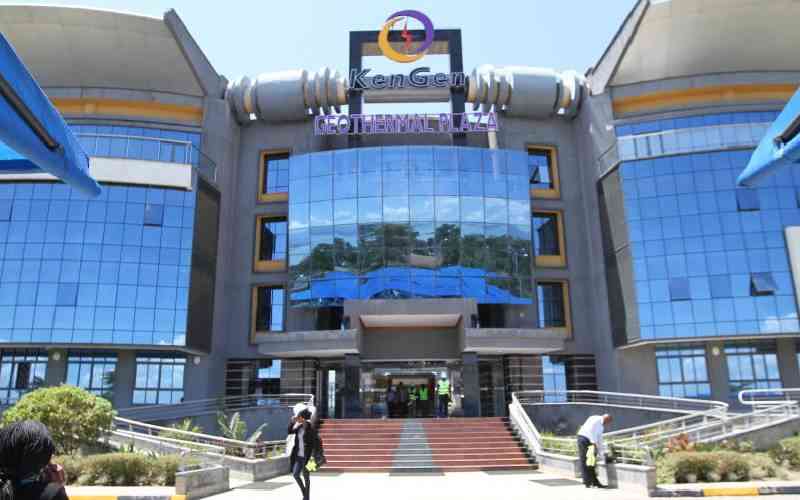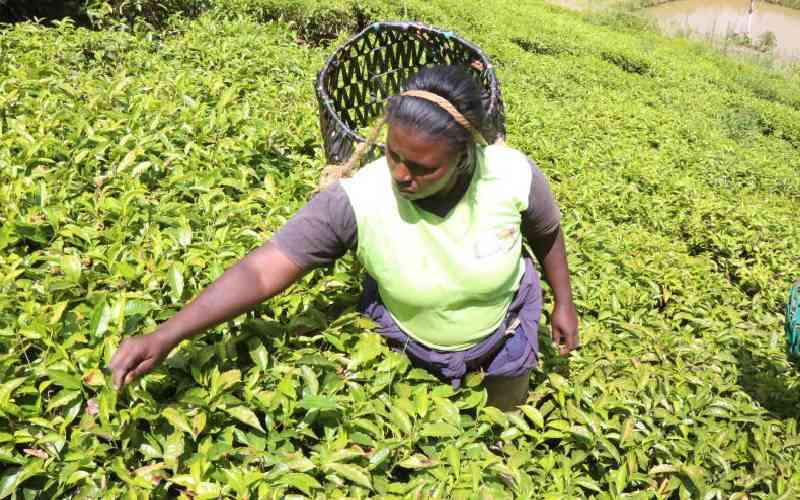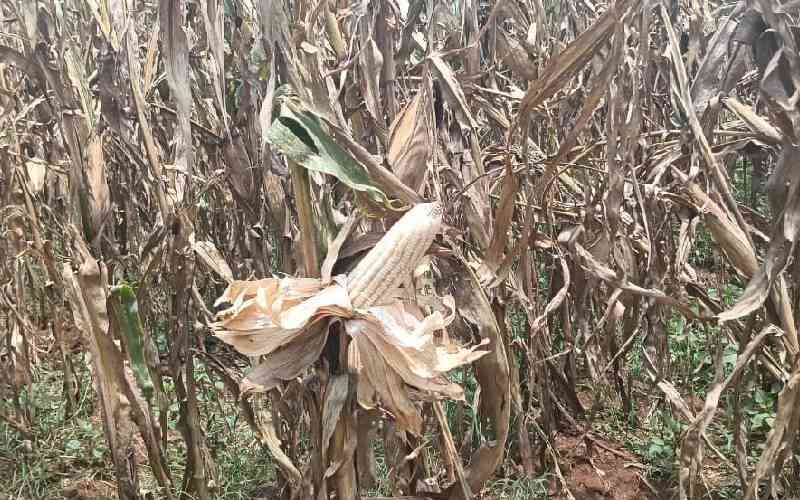
The Food and Agriculture Organization of the United Nations (FAO) has intensified efforts to help Bungoma farmers combat the devastating Fall Armyworm (FAW).
This is a destructive pest that has plagued maize farmers since its first official report in March 2017.
Speaking during a field trial in Bungoma County, Jojo Ngamo, FAO's project coordinator, announced that promising results are emerging from trials designed to test sustainable control technologies under the Integrated Pest Management (IPM) framework.
The Fall Armyworm, an invasive pest native to the Americas, was first detected in Africa nearly a decade ago.
Since then, it has spread rapidly across various agro-ecological zones in Kenya, inflicting significant losses on small-scale farmers who depend heavily on maize as both a staple food and a cash crop.
According to FAO, unchecked infestations can cause yield losses of up to 50 percent, threatening food security in maize-producing regions.
Ngamo explained that through funding from the Government of China under the South-South Cooperation framework, FAO has partnered with Kenyan institutions and local communities to evaluate different technologies that could be integrated into the IPM approach.
"We are conducting trials in three major agro-ecological zones,Embu, Kitale, and here in Bungoma. The idea is to test products under real field conditions and see what works best for smallholder farmers,” he said.
In Bungoma, one of Kenya’s largest maize-producing regions, FAO researchers established demonstration plots to evaluate both chemical and traditional control options.
Among the products under trial are emamectin benzoate, Coragen, and Bacillus thuringiensis (BT), as well as a botanical pesticide currently under assessment.
"So far, the results are very encouraging. We have observed limited infestations across different treatments, and farmers are witnessing firsthand how these technologies could be applied in their own farms,” Ngamo noted.
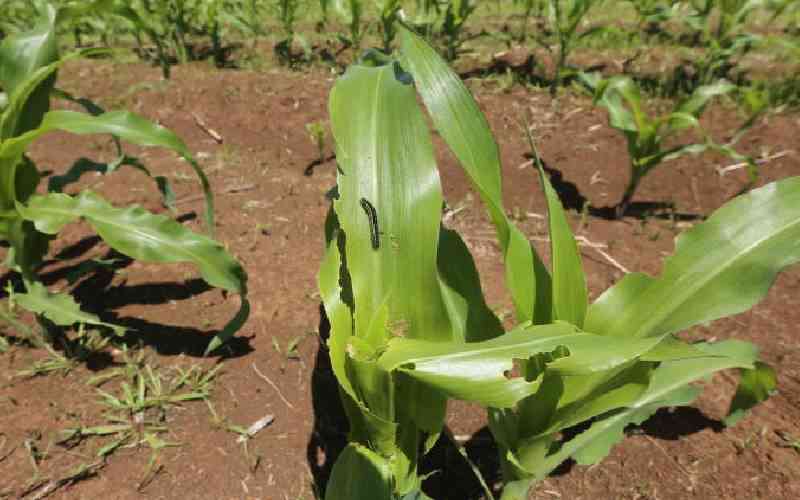
To ensure farmers are directly engaged, FAO has invited members of local Farmer Field Schools to participate in the trials, providing them with practical knowledge on how and when to apply the technologies.
A key lesson highlighted was the timing of pesticide application.
"Many farmers apply chemicals early in the morning, which is not effective. Since Fall Armyworm is nocturnal, treatments should be applied late in the evening or very early before sunrise, when the pest is active. This simple adjustment can significantly improve control while reducing the risk of pest resistance,” Ngamo advised.
The trials also incorporate traditional cultural practices, such as the application of sand, ash, or soil into maize whorls, methods that farmers in the region have used for generations.
Stay informed. Subscribe to our newsletter
“Integrated Pest Management is not just about chemicals. It’s about combining tools, biological, chemical, and cultural methods, to achieve sustainable results. If a traditional practice like applying sand is effective and affordable, it should be part of the package,” he explained.
Rainfall patterns also influence infestation levels.
Heavy rains soon after germination can wash away Fall Armyworm eggs, giving the impression that infestations are low.
However, Ngamo cautioned that the pest remains present and can re-establish once the rains subside.
“Farmers should not assume that the problem has disappeared. The pest is still there, and timely interventions are critical,” he emphasized.
FAO is however encouraging early planting as a preventive measure, combined with the careful selection of control products that have proven effective in trials.
While some products show higher efficacy, others only work when applied correctly and at the right crop stage.
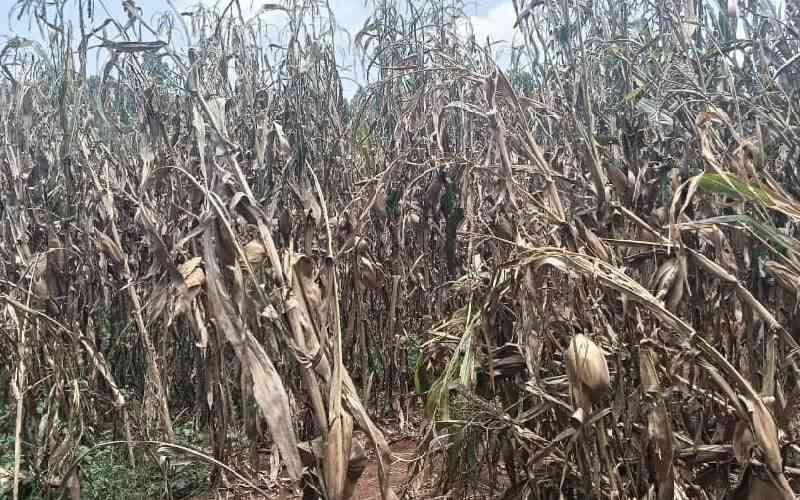
Farmers are also urged to adopt IPM holistically, integrating traditional and modern methods rather than relying solely on chemical sprays.
As harvest season approaches, the outcomes of these trials could be crucial for improving food security in Bungoma and neighboring counties.
Preliminary observations suggest that where only seed treatment was applied, yields suffered, but where integrated methods, such as sand application and targeted sprays, were used, infestation levels remained under control.
“Bungoma is a key maize-producing zone, and if we can identify IPM technologies that are practical and affordable for smallholder farmers here, it will be a major win,” Ngamo said.
“Our ultimate goal is to empower farmers with knowledge and tools that will help them protect their crops, reduce losses, and secure their livelihoods,” he added.
The FAO-led trials are expected to continue in the coming months, with findings to be shared widely across the country.
For farmers, the promise of effective, low-cost, and sustainable pest management could mean the difference between devastating losses and a successful harvest.
